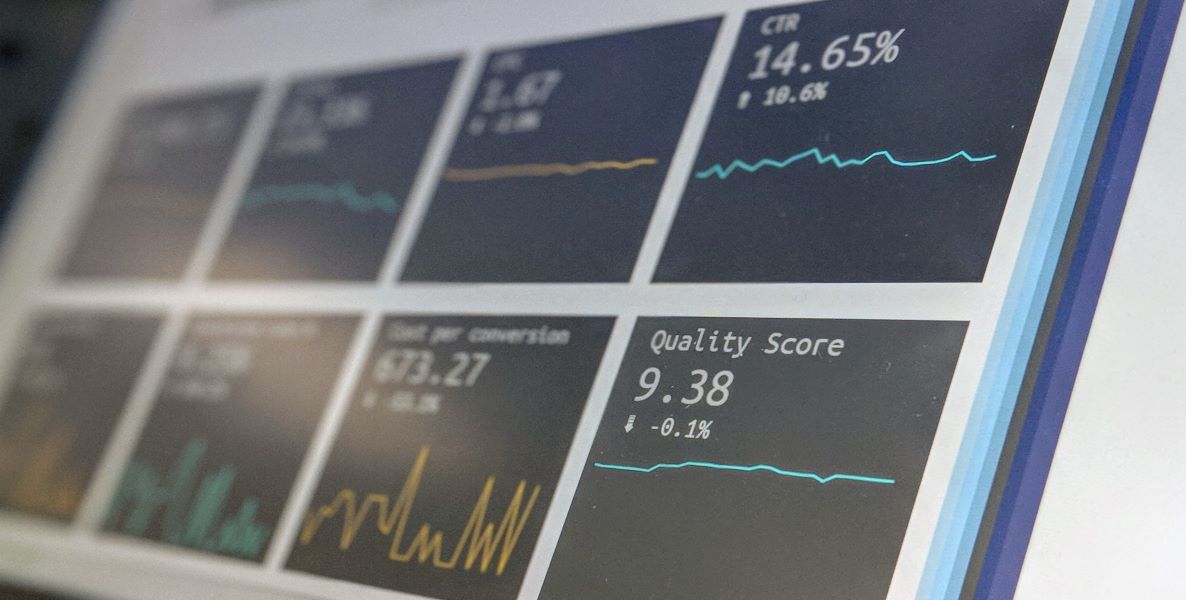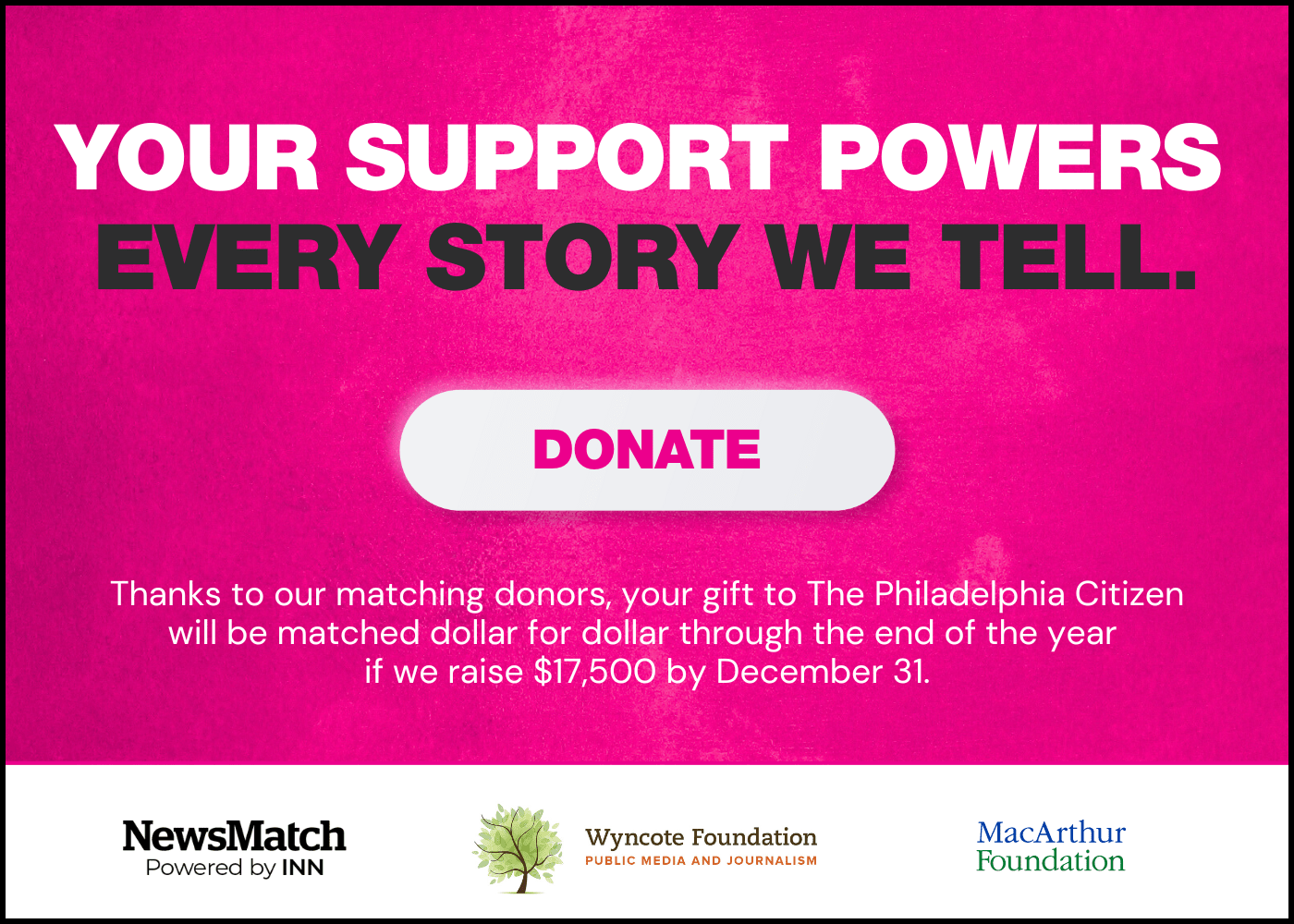We live in an era of intense contradictions. The breakneck pace of technological progress in the past half-century has produced unprecedented abundance; in means and modes of communication, in hi-tech consumer goods and services, in life-changing and life-saving medical innovations, and in our ability to deeply investigate the complexities of our planet and universe.
At the same time, we face a terrifying array of existential crises. The problems of mounting inequality, marching authoritarianism, rampant disinformation and looming climate catastrophe not only threaten to undermine the bounty of our technological leap forward, but in many respects have been directly abetted by those advances.
Whatever the charge, the approach will be the same: to envision a new reality, to build a path forward, and to lead the way to change.
The magnitude of the problems and the array of potential solutions are overwhelming, leaving us paralyzed, wondering where on earth to begin. Before we can answer the question, we must be able to frame it. In other words, it is a matter of scope, of vision. Do we view the challenges before us through the lens of a microscope or the lens of a telescope? Do we spend our days reacting to the daily weather forecasts or make long-term, sustainable, adjustments responding to the climate?
That’s the larger question posed by Vision 20/20, a new annual, policy-focused fellowship convening a diverse group of twenty leaders in the Greater Philadelphia region—The 20—to confront our region’s many endemic challenges.
One year. 20 leaders. 20 breakthroughs.
The inaugural class of The 20 will focus on the social determinants that lead to, and intersect with, the disparities in health care, access and outcomes in our region, with the directive to deliver a 20-point capstone report on their collective work at the end of a year-long fellowship.
Vision 20/20 is not a first-of-its-kind initiative; its philosophy is rooted in a problem-solving approach developed a century ago and an ocean away. In 1919, British scientist Ernest Rutherford became the director of The Cavendish Laboratory at Cambridge University, where he employed a method of framing problems that offered his researchers an ideal balance between direction and autonomy. His charge to his colleagues was simple: “See what’s inside the atom.” That straightforward guidance—neither too abstract nor too narrow—led to an intense flurry of discovery that resulted in eight Nobel prizes awarded to Cavendish scientists in the course of just twenty years.
Rutherford’s guidance style has come to be known as mid-level abstraction (MLA), and has been adapted with great success far beyond his English laboratory. At animation powerhouse Pixar, for example, the MLA statement is to “tell good stories using new animation tools.” At Amazon, the astonishingly humble challenge to “sell all books online, fast” became the cornerstone of a global empire.
The deceptively simple genius in a perfectly crafted MLA statement is its power to unlock the dormant creative potential in those who take up its charge. A directive given to a team, focused enough to establish cohesion toward a common goal but broad enough to invite the unique and complementary skills, perspectives and approaches of individual team members. But an effective statement must also be more than a pithy incantation, it must encapsulate vision—a reality that can be built.
With our region having produced not one but two leaders in the fight to give sight to the blind, why not ask what more the Greater Philadelphia region can do?
Take Uber for example; that revolutionary enterprise’s MLA statement, its encapsulated vision, was to create the world’s biggest cab company without owning a single cab. From that vision, a diverse team of business, logistics and programming minds multiplied the reach of app-based technologies by the dynamism of the burgeoning sharing economy. Its vision built, Uber took its pole position in the industry, revolutionizing the way we travel, eat and engage in commerce with our neighbors and fellow community members.
And we can find similar examples of powerful envision-build-lead sequences closer to home as well. In 2013, here in Philadelphia, Penn Medicine doctor-scientists Katherine High, Jean Bennett and their team built cutting-edge gene therapy company Spark Therapeutics on a guiding principle that might have come straight from the bible: to make the blind see. Among the firm’s miraculous creations was the development of Luxturna, a cure for Leber congenital amaurosis, a genetic-based blindness. In 2020, Spark Therapeutics was bought by Swiss pharma giant Roche.
Similarly, in Malvern, Pennsylvania, Shankar Musunuri and his team also envisioned a world in which blindness could be cured, a vision that led to the founding of Ocugen, which is developing gene therapies for a range of visual impairments.
What more can we do?
With our region having produced not one but two leaders in the fight to give sight to the blind, why not ask what more the Greater Philadelphia region can do?
The entrenched poverty and inequality that plague our city correlate closely with dramatic disparities in health outcomes among our neighbors in Philadelphia and South Jersey. In Philadelphia, a difference in zip codes can mean a nearly two-decade difference in life expectancy. A host of factors predict the comparative prospects for a healthy life in Philadelphia, from individual health behaviors like diet, exercise and tobacco/drug/alcohol use to social, economic and environmental contributors such as education, family and social support, access to safe housing and transit, and of course, the ability to consult with health care providers.
To eliminate health inequality altogether would require a truly systemic revolution, but that’s exactly where a compelling MLA statement realizes its value. To charge the Vision 20/20 leaders with ending all inequality in health outcomes would be unrealistic, but to articulate their mission as improving health care access and outcome is a guidance that sets an achievable goal with enough latitude to unlock the complementary creative potential of The 20.
In tackling healthcare delivery systems, outcomes and disparities in the inaugural year, The 20 will be instructed to forge ahead unencumbered by the way things were done in the past. The 20 will be asked to question perceived wisdom, challenge established norms and push back against the keepers of the status quo. To be clear, our region’s past experiences with health care and delivery systems are always instructive, but in a rapidly changing world, we face new challenges that have never been tackled before.
As The 20 work on their capstone report, they will be asked to make decisions in the face of ambiguity, improvise, as needed, adapt to changing circumstances in real time, discover focal point while mid flight, if needed, and course-correct while in motion. Vision 20/20 will be a safe space for The 20 to make trouble, stretch preexisting norms, and propose fresh and unusual perspectives and unorthodox strategies. Proposing ideas and solutions that break or displace parts of the current system that are not working and fixing things from the inside will be encouraged. And promoting ideas of permanence and status quo will be discouraged.
The 20’s capstone report itself will highlight three general themes in the context of our fight to improve health outcomes among our underserved neighbors:
- How can we make cutting-edge, disruptive breakthroughs that are already in the marketplace cumulative so that they reach more neighbors?
- What are others in the country or the world doing that our region should be doing as well?
- What can we do to empower, educate and activate our communities so that they can close disparities and gaps on their own?
And that capstone report will go further than simply posing these questions; it will also prescribe answers in the form of decisive, discrete actions to narrow the health outcome gap in our region by making critical healthcare resources closer, more affordable and more accessible to overlooked Philadelphians. Some of these actions will be assigned to government and public institutions who can leverage the force of law. For example, at the urging of Vision 20/20, members of the Pennsylvania state legislature are already considering a bill that would make basic and comprehensive first aid training a graduation requirement for all Pennsylvania high schoolers.
Other of the report’s prescriptions will be filled by The 20 themselves. By way of just one other example, the cohort will coordinate the distribution of essential clinical medical supplies, funded partly by a $900,000 seed grant from the Raju Foundation, to primary care clinics in key communities around the region. [Full disclosure: The Raju Foundation also supports The Citizen.]
Another important goal of Vision 20/20 is to capture ideas and perspectives from a full spectrum of diversity, including race, gender, sexual orientation, age, educational background and occupation. Vision 20/20 contemplates a deeply collaborative approach to problem solving. The 20 themselves are drawn from a cross-section of Philadelphia’s leading institutions representing business, policy, logistics, health, technology and organizing sectors, and will work closely with neighborhood leaders, researchers, clinicians, service providers and other stakeholders to identify solutions that effectively benefit the communities for which they have been developed.
What’s more, Vision 20/20 looks beyond our immediate environment for inspiration, ideas and strategies. Drawing on the prior initiatives of policymakers, activists and experts around the country and around the world, The 20 will adapt and apply those precedents to tailor-made solutions for our region.
Each year, Vision 20/20 will select a new cohort of The 20 who will take on a new mission, ranging from educational equity and effective, transparent governance, to income inequality and environmental justice. Whatever the charge, the approach will be the same: to envision a new reality, to build a path forward, and to lead the way to change.
Ajay Raju, an attorney and businessman, is co-founder of The Citizen.
![]()
MORE SOLUTIONS TO HEALTH CARE DISPARITY IN PHILLY
Photo by Stephen Dawson / Unsplash





